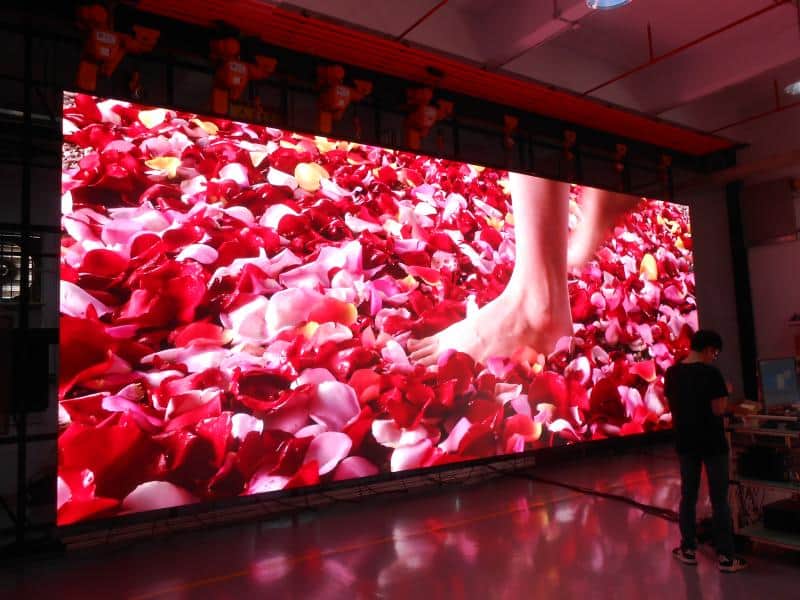Investigating the Durability of LED Display Panels in Contrast to Conventional Display Methods
Investigating the Durability of LED Display Panels in Contrast to Conventional Display Methods
Blog Article
LED wall screens have become progressively favored in recent years, particularly in environments like educational institutions, businesses, and public areas. These panels use LED diodes (LEDs) to create vivid and vibrant visuals. One of the most notable advantages of LED technology is its durability compared to conventional display technologies, such as CRT ray monitors (CRTs) and LCD crystal screens. Grasping the distinctions in lifespan and performance between these options can assist buyers make knowledgeable decisions about their display requirements.
Traditional screen technologies, like CRTs, have been present for numerous years. They were frequently used in televisions and computer monitors. However, CRTs have a limited lifespan, typically lasting approximately 10,000 to 20,000 hours of use. This means that after a couple years, consumers may observe a decline in image clarity, such as dimming or hue distortion. In comparison, LED wall screens can last significantly longer, often exceeding 50,000 hrs. This prolonged lifespan means that consumers can experience consistent performance without the requirement for regular replacements.
Another crucial factor to consider is power conservation. LED wall panels utilize less energy than traditional displays, which not only benefits the environment but also reduces power expenses. For example, while a CRT monitor may consume around 100 watts of power, an LED screen can consume as little as 30 to 50 watts. This discrepancy in power consumption contributes to the overall durability of LED innovation, have a peek at this site as reduced power consumption generates less heat. Excessive thermal energy can harm electronic components, resulting to a reduced lifespan for traditional screens.
In furthermore to their longer lifespan and power efficiency, LED panel screens also offer superior image clarity. They offer brighter hues and improved contrast, making them ideal for multiple uses, from advertising to learning displays. The innovation behind LED panels allows for a wider viewing angle, meaning that visuals stay clear and vibrant even when seen from the flank. This is a major advantage over traditional screens, which frequently experience from color deformation and diminished luminosity at broader angles.
In conclusion, the durability of LED panel screens compared to traditional display technologies is a crucial aspect for consumers to take into account. With lifespans that can exceed 50,000 hours, energy conservation, and enhanced visual quality, LED technology offers many advantages. As innovation continues to progress, LED wall screens are likely to become even more common in multiple settings. Grasping these distinctions can assist individuals and organizations make better choices when investing in screen innovation, guaranteeing they get the best value for their needs.